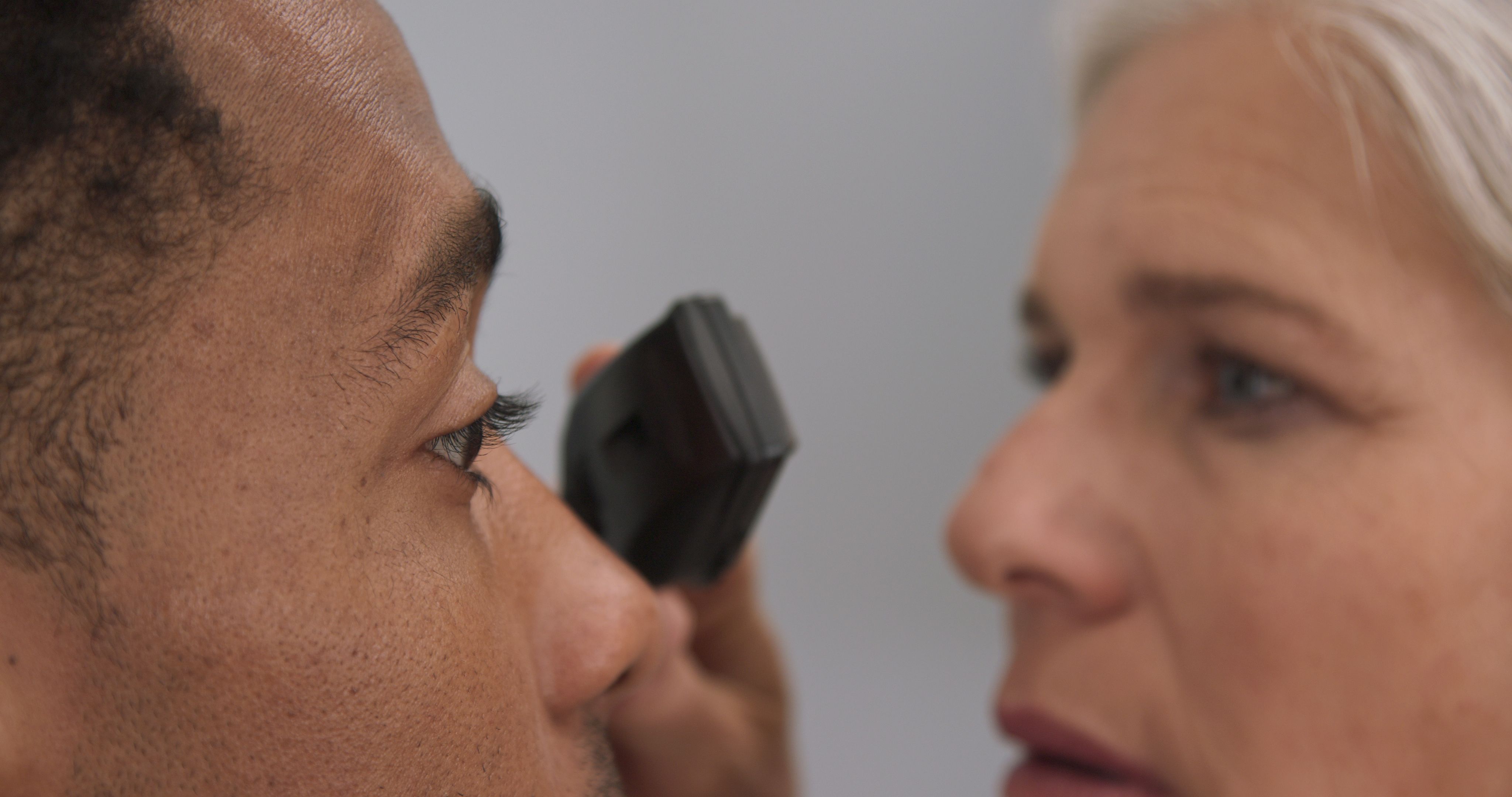Article
GCA Affects Black and White Patients Equally
A study published in JAMA Ophthalmology shows that giant cell arteritis affects black and white patients equally, despite previous reports that suggest the condition is relatively rare in black patients.
(©RocketClips,AdobeStock)

A study published in JAMA Ophthalmology shows that giant cell arteritis affects black and white patients equally, despite previous reports that suggest the condition is relatively rare in black patients.
The study, by Anna M. Gruener, BMBS, MSc, of Nottingham University Hospitals, United Kingdom, included 586 patients who were treated at the Johns Hopkins Wilmer Eye Institute from 2007 to 2017. A diagnosis of giant cell arteritis was confirmed with a temporal artery biopsy. The analysis found an overall incidence rate ratio of 1.2 between races, which was not significant.
"These results suggest that giant cell arteritis occurs at a similar rate in white and black patients," the authors wrote.
Of the 586 patients (mean age 70.5 years) in the study who underwent biopsy, 72.2 percent were women, 28.5 percent were black, 65.2 percent white and 6.3 percent were of unknown race. Of 573 individuals in the study who were at least 50 years old, 16.1 percent a biopsy confirmed giant cell arteritis diagnosis; 8.4 percent were black and 19.6 percent were white. The incidence rate ratio was 1.9 in women compared with men, but it was not significant in white compared with black patients.
The authors noted that most epidemiological data on giant cell arteritis are derived from a study conducted in Olmsted County, Minnesota, which is mostly a white population. And, a 1983 study conducted in Shelby County, Tennessee with a population that is 42 percent black, found the incidence rate to be seven times greater in white patients. The current study uses as its population base, Baltimore, Maryland, which has a black population of 60 percent.
"Whereas previous reports have suggested that giant cell arteritis (GCA) is several times more common in white than in black patients, in our study, a difference by race could not be identified. We therefore recommend that the same clinical thresholds for diagnosing and managing GCA be applied to black and white patients," the authors wrote.
Michael K. Yoon, M.D., of the Massachusetts Eye and Ear Infirmary at Harvard University, was invited by JAMA to submit a commentary in response the study's findings. He cautions physicians against using race as a factor in determining the presence of GCA.
"Despite these considerations, Gruener et al. should be commended for questioning commonly held views on the rates of GCA in white vs black patients. Although the authors’ methods are imperfect, the studies that had previously established a low incidence of GCA in black patients were also flawed in design. To refute the long-held and widespread observation of relatively low GCA in black individuals, the evidentiary bar must be held high. Confirmatory studies are needed to assess whether if the results of Gruener et al. are reproducible. Until then, physicians are cautioned not to use race as a significant factor in determining suspicion of GCA," he wrote on JAMA.
REFERENCES
- Anna M. Gruener; Ali Poostchi; Andrew R. Carey, et al. "Association of Giant Cell Arteritis With Race," JAMA Ophthalmology. Published online August 8, 2019. doi:10.1001/jamaophthalmol.2019.2919
- Michael K. Yoon, MD; Joseph F. Rizzo III, MD. Invited commentary, "Giant Cell Arteritis in Black Patients." JAMA Ophthalmology. JAMA Ophthalmol. Published online August 8, 2019. doi:10.1001/jamaophthalmol.2019.2933




